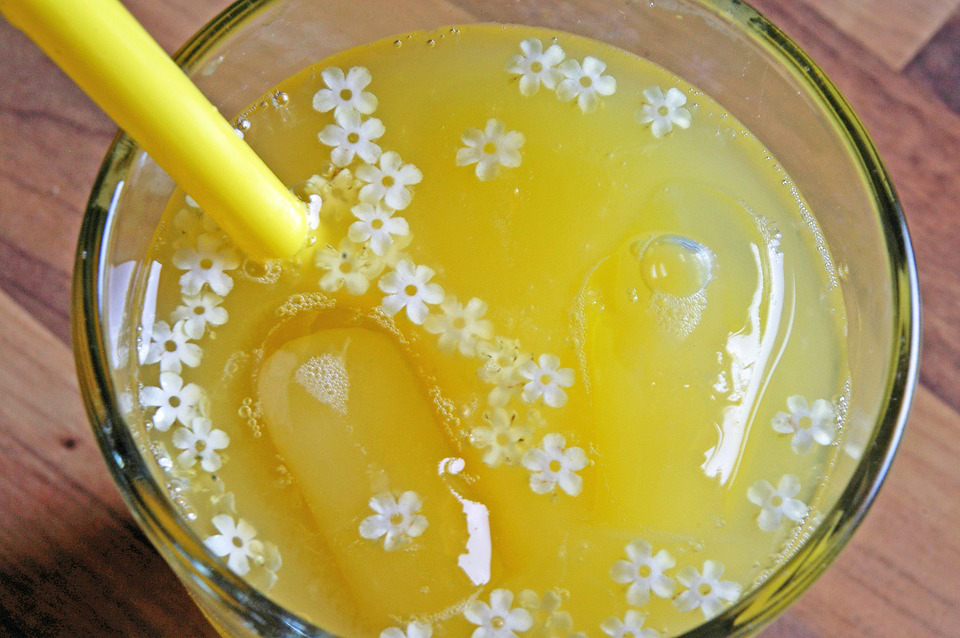A report published in June-2019 in the Hindustan Times reported that milk and dairy products, as found by the Delhi Food Safety Department, are the most adulterated food products in the state. This calls for two immediate actions on the part of a consumer—to buy organic desi ghee from reliable brands only and check adulteration in ghee before starting consumption.

Though, buying ghee from a trustworthy source minimizes the risk of contamination; but due to counterfeiting of even reputed brands of ghee, testing the ghee for purity becomes all the more important.
Now before going on to the method of testing ghee’s purity, a consumer should know which adulterants need to be checked while doing it. A press release released by the FSSAI on March 30, 2019, reveals that the use of vegetable oils as adulterants in ghee has been affecting a majority of consumers, as they tend to consume it on a daily basis. Other than these, mineral oils, animal body fats, and starchy material are also commonly used contaminants.
How To Test Ghee’s Purity?
There are two ways to check whether the ghee you have bought is worth its cost—home-based tests and lab tests. This post discusses a few home-based easy-to-do tests.
1. Sugar Test
Adulterant to be checked: Vegetable oil
Take a test tube with a bottle cap or a stopper and put a small amount of concentrated hydrochloric acid in it. Melt a teaspoon of ghee and add it to the test tube. Add a pinch of sugar and mix it well. Check after 5 minutes. If there’s a red-colored residue at the bottom of the test tube, it means ghee has been adulterated with vegetable oil.
2. Coconut Oil Test
Adulterant to be checked: coconut oil
To check whether coconut oil has been mixed with what you bought thinking it to be pure desi ghee, just put some melted ghee in a glass jar and store it in the refrigerator. Both ghee and coconut oil solidifies at low temperatures; if the ghee is adulterated, both will freeze in separate layers.
3. Iodine Solution Test
Adulterant to be checked: Mashed potato, Sweet potato, and other Starches
Since the texture of mashed boiled potato or a sweet potato looks similar to that of ghee, miscreants use these as contaminants. To check the presence of starches in the ghee, melt a small quantity of ghee in a vessel and add a few drops of iodine solution to it. Brown-colored iodine solution turns purple when starches are mixed in it.
Other than these methods, you may also take a guess about ghee’s purity by simply melting it in a pan. Unadulterated ghee melts quickly and turns brown upon heating; whereas, impure ghee takes more time to melt and turns yellow in color. Or else, just take a few drops of ghee and rub it in your palms. Pure ghee has a little grainy texture and melts at normal body temperature too.
